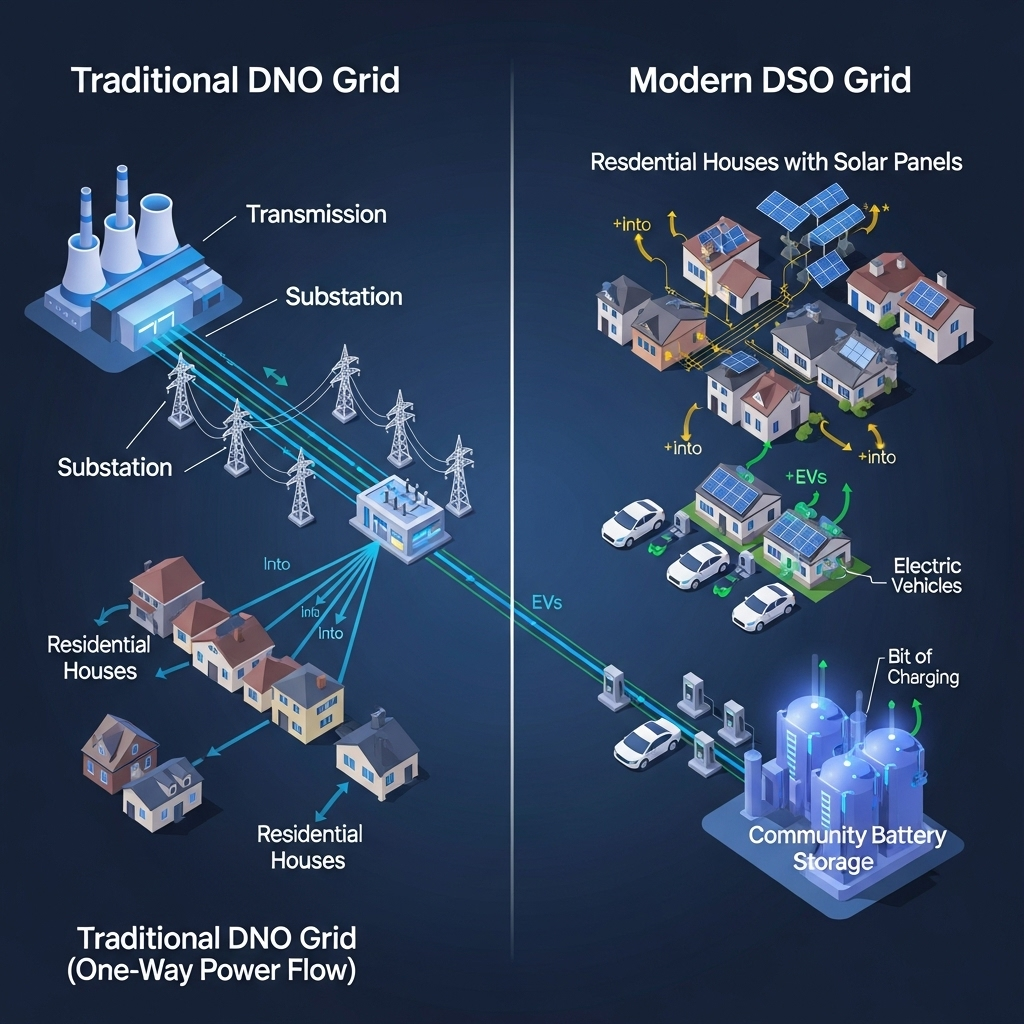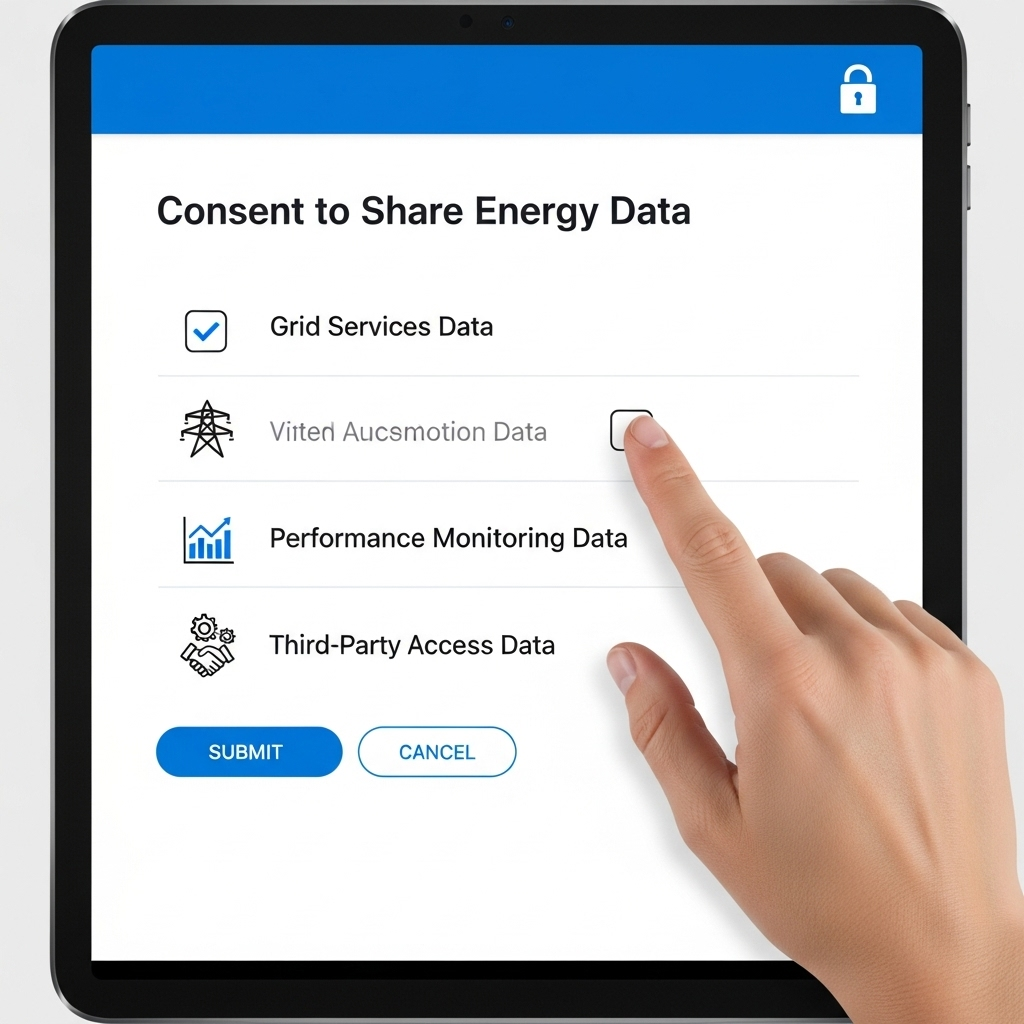The electric grid is undergoing a massive transformation. Instead of relying solely on building new power lines and substations, utilities are turning to Non-Wires Alternatives (NWAs). These are solutions like solar power, battery energy storage, and demand response programs that can defer or replace the need for traditional infrastructure. NWAs offer a faster, cleaner, and often more cost-effective way to enhance grid reliability and capacity. However, scaling these solutions depends heavily on a supportive regulatory environment. Without the right rules in place, their potential remains locked. This article outlines seven essential regulatory adjustments needed to fully enable scalable NWAs.
Establish a Clear Planning and Procurement Framework
The foundation for any successful NWA program is a planning process that gives it a fair chance to compete. This requires a fundamental shift in how utilities approach grid expansion.
Integrated Distribution Planning
Utilities must move from traditional forecasting to integrated distribution planning. This approach requires them to evaluate NWAs on a level playing field with conventional 'wires' projects. The process involves identifying grid needs first, then soliciting both traditional and non-wires solutions to meet that need. This marks a critical evolution for grid operators. As noted in a UK Power Networks report, the transition from a simple Distribution Network Operator (DNO) to a more active Distribution System Operator (DSO) hinges on appropriately identifying grid needs and the measures to address them. This proactive planning is essential for managing new loads like EV charging infrastructure.
Standardized Cost-Benefit Analysis
To compare different solutions accurately, regulators must mandate a transparent and comprehensive cost-benefit analysis (CBA) framework. This CBA should account for the full range of benefits NWAs provide, including avoided capital costs, reduced line losses, enhanced resilience, and environmental advantages. A standardized model prevents utilities from defaulting to familiar capital-intensive projects and ensures the most economically efficient solution is chosen for ratepayers.
Create Fair Market Access and Compensation
For NWA providers to invest, they need clear pathways to participate in the market and confidence that they will be compensated fairly for the services they provide.
Performance-Based Compensation
Compensation should be tied to results. Instead of paying for the mere existence of a resource, performance-based models reward NWA providers for the actual grid services they deliver, such as reducing peak demand at a specific time and location. California's energy efficiency programs are a prime example. As detailed in an IEA report on the China Power System Transformation, the state's utilities now favor performance-based approaches that deliver energy savings when and where they are most valuable. For NWA providers, understanding the specific performance metrics of these systems is crucial. Factors like round-trip efficiency, depth of discharge, and response time directly impact their value to the grid. A detailed review of these solar storage performance benchmarks can help in evaluating their potential as a grid resource.
Streamlined Interconnection Processes
Long, complex, and expensive interconnection queues are a major barrier to deploying distributed energy resources (DERs). Regulators must enforce standardized, transparent, and timely interconnection processes. This includes establishing clear technical requirements and timelines for review and approval. According to research from IRENA on Quality infrastructure for smart mini-grids, it is useful to have consistent regulations for mini-grids concerning factors like power quality, while always maintaining high safety standards for users and personnel. This ensures that DERs can connect to the grid safely and efficiently without unnecessary delays.
Modernize Grid Codes and Technical Requirements
The rules governing how resources connect and operate on the grid must be updated to accommodate the unique capabilities of modern technologies like inverters and batteries.
Mandate Flexibility Capabilities in New Assets
New regulations should require that all new generation and storage assets are built with advanced flexibility features. This includes capabilities like voltage ride-through, dynamic reactive power support, and fast frequency response. The IEA recommends that requiring flexibility in new assets through network codes and interconnection contracts is a key strategy to embed flexibility into the system from the ground up. This proactive step ensures that as the grid incorporates more renewables, it also gains the tools needed to manage them.
Define and Procure Ancillary Services
Ancillary services are functions that ensure the stable operation of the grid. DERs are well-suited to provide many of these services, but markets for them are often underdeveloped. Regulators must clearly define services like inertia management and frequency regulation and create mechanisms for utilities to procure them from NWAs. As highlighted in IRENA's report on Grid Codes for Renewable Powered Systems, remunerated ancillary services contribute significantly to the economic viability of flexibility provider projects. This creates new revenue streams for NWA owners and provides valuable stability services to the grid operator.
| Ancillary Service | Provided By | Grid Benefit |
|---|---|---|
| Frequency Regulation | Battery Storage, Demand Response | Maintains grid frequency at a stable 50/60 Hz |
| Voltage Support | Solar Inverters, Battery Storage | Prevents voltage sags or swells on local circuits |
| Peak Shaving | Battery Storage, Energy Efficiency | Reduces demand during peak hours, deferring infrastructure upgrades |
| Black Start Capability | Battery Storage with Grid-Forming Inverters | Helps restore power after a widespread outage |
Align Utility Incentives
The traditional utility business model often creates a conflict of interest, as it rewards spending on large capital projects. Regulatory reform can align utility incentives with the goal of deploying cost-effective NWAs.
Decouple Revenue from Capital Investment
Decoupling is a regulatory tool that separates a utility's profits from the amount of energy it sells or the capital it invests. This removes the financial incentive for a utility to build new infrastructure when a less expensive NWA could solve the problem. It encourages the utility to focus on providing reliable service at the lowest cost, regardless of the solution type.
Implement Shared Savings Mechanisms
To actively encourage NWA adoption, regulators can implement shared savings models. Under this framework, if a utility procures an NWA that saves customers money compared to a traditional project, the utility is allowed to keep a portion of those savings. This creates a direct financial incentive for the utility to seek out and implement innovative, cost-effective non-wires solutions.
Building a More Flexible and Resilient Grid
Implementing these seven regulatory must-haves is not a simple task. It requires collaboration between regulators, utilities, technology providers, and customers. However, the effort is critical. By creating clear planning processes, fair compensation structures, modern technical standards, and aligned incentives, regulators can unlock the full potential of Non-Wires Alternatives. These changes are foundational to building a cleaner, more affordable, and resilient energy system for the future. The transition from a centralized, rigid grid to a decentralized, flexible one depends on it.
Disclaimer: The information provided in this article is for educational purposes only and does not constitute financial or legal advice. You should consult with a qualified professional before making any investment decisions or taking any action based on this content.
Frequently Asked Questions
What are Non-Wires Alternatives (NWAs)?
Non-Wires Alternatives (NWAs) are electricity grid investments or solutions that can defer or replace the need for traditional 'wires' infrastructure, such as new power lines, transformers, or substations. Common examples include distributed generation (like rooftop solar), battery energy storage, energy efficiency measures, and demand response programs.
Why are NWAs important for the modern grid?
NWAs are important because they can provide grid services at a lower cost, with less environmental impact, and on a faster timeline than many traditional infrastructure projects. They enhance grid flexibility, improve reliability in the face of extreme weather, and help integrate higher levels of renewable energy.
What is the biggest regulatory barrier to NWA adoption?
One of the biggest barriers is the traditional utility business model, which often incentivizes capital expenditure on large, utility-owned assets. Without regulatory reforms like revenue decoupling or shared savings mechanisms, utilities may have a financial bias against lower-cost, third-party-owned NWAs, even if they are better for ratepayers.
How do energy storage systems function as an NWA?
Energy storage systems, particularly lithium-ion batteries, are a versatile NWA. They can be charged during periods of low demand or high solar generation and discharged during peak demand hours. This 'peak shaving' can eliminate the need for a substation upgrade. They can also provide rapid-response ancillary services like frequency regulation and voltage support to improve local power quality.





Leave a comment
All comments are moderated before being published.
This site is protected by hCaptcha and the hCaptcha Privacy Policy and Terms of Service apply.